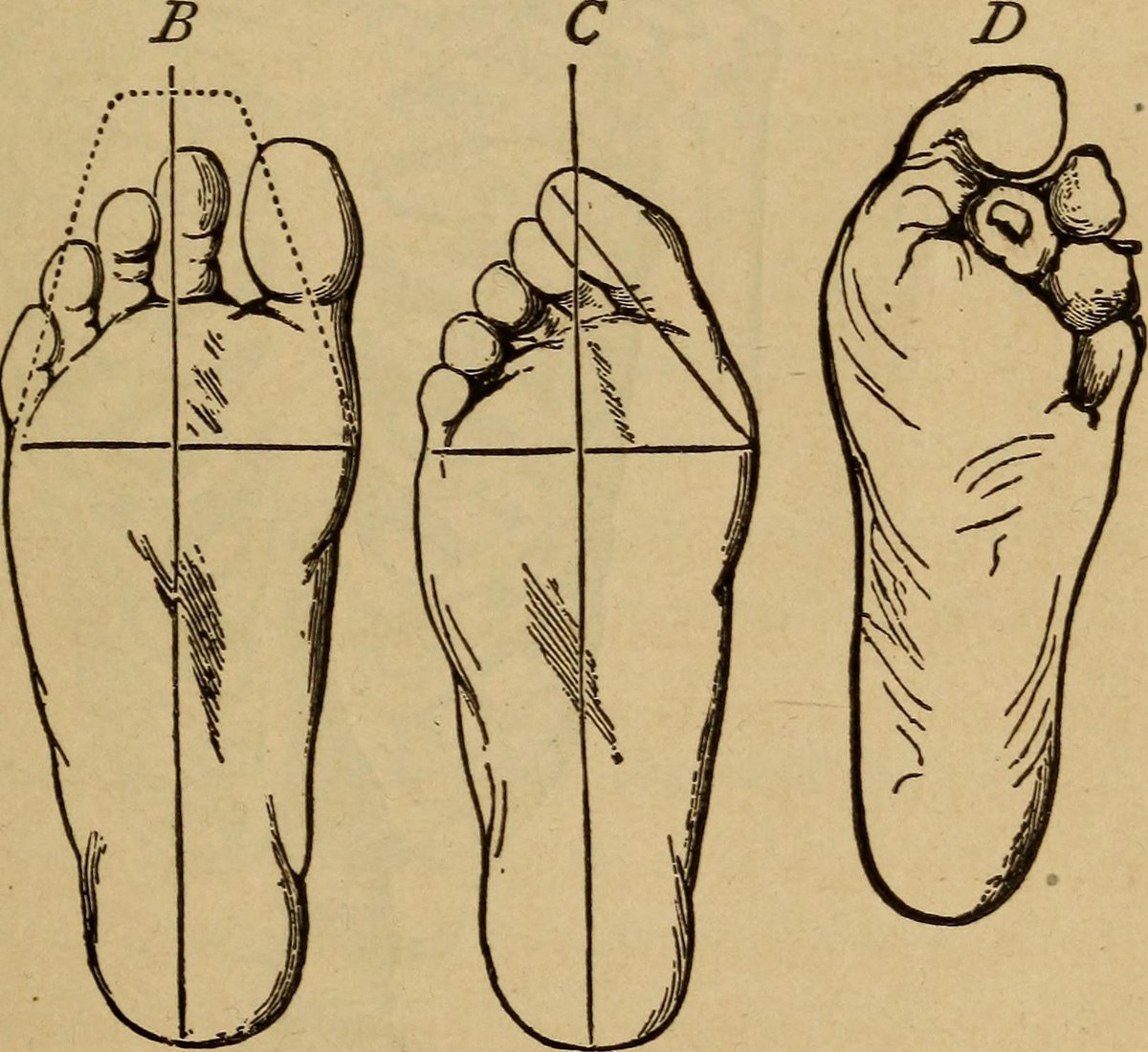
A bunion is the term that refers to excess of bone or other tissue around the joint at the head of the big toe. It is in a form of a bump or swelling both of which are tender to touch. Due to the presence of a bunion, the big toe may turn in towards the second toe.
The pain people suffering from bunions experience is connected with either the pressure of the footwear on the bunion or occurs as a consequence of pressure located inside the joint. Bunions make the joint less mobile and they are blamed for sometimes excruciating pain.
Bunions and Underlying Causes
In majority of cases bunions develop as a result of wearing too tight or ill-fitting footwear. This explains the fact that the condition predominantly affects women. They pay no attention to the comfort of their footwear but only think about the aesthetic appearance of their shoes.
It is believed that bunions develop due to imbalance of the forces exerted across the affected joint while walking. Excessive and prolonged or repeated imbalance of this kind is commonly blamed for bunion formation.
Bunions cannot be inherited. The tendency to develop bunions, however, runs in families.
Finally, apart from the previously mentioned there are several more causes associated with bunion formation. For instance, one may develop bunions after some foot injuries or due to underlying neuromuscular problems. Bunions are also reported in individual suffering from flat feet. Finally, some activities and sports may place additional pressure on the big toe joint and contribute to bunion formation.Treatment for Bunions
Once the condition develops, it does not withdraw on its own, instead it may only progress. This is why the treatment initially tends to reduce pressure exerted on the bunion, this way dealing with symptoms and preventing their progression. It is best to consult a well experienced podiatrist who will suggest the most convenient treatment modality.
The pressure placed on the bunions can be successfully relieved with padding or foam which are placed between the big toe and the second toe. It is essential to memorize that padding does not straighten the big toe. However, it reduces the pain and pressure caused by footwear.
As for shoes, people suffering from bunions are due to wear only wide and deep footwear. High heeled shoes are strictly forbidden.
The condition is additionally treated with exercises. Exercises maintain joint's mobility and prevent the occurrence of pain. On the other hand, exercises are not efficient when it comes to correction of the position of the big toe.
Night splints also represent symptomatic treatment. They hold the toe in a more correct position reducing symptoms induced by incorrect position of the toe.
Finally, if none of the mentioned conservative treatments succeeds to provide with adequate pain relief, one may need to undergo surgery. There are many different surgical procedures for bunions. The approach the surgeon opts for depends on a variety of factors. The amount of damage, the localization of the affected bone as well as the extent of deformity are only some of them.


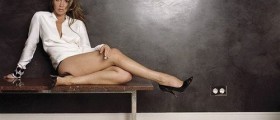

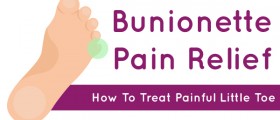

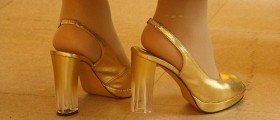

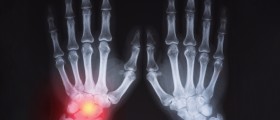

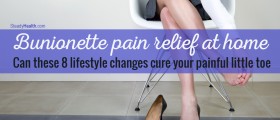
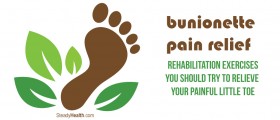


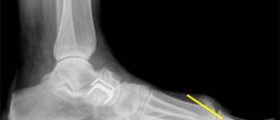
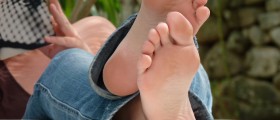
-Symptoms,-Diagnosis,-Treatment_f_280x120.jpg)
Your thoughts on this
Loading...